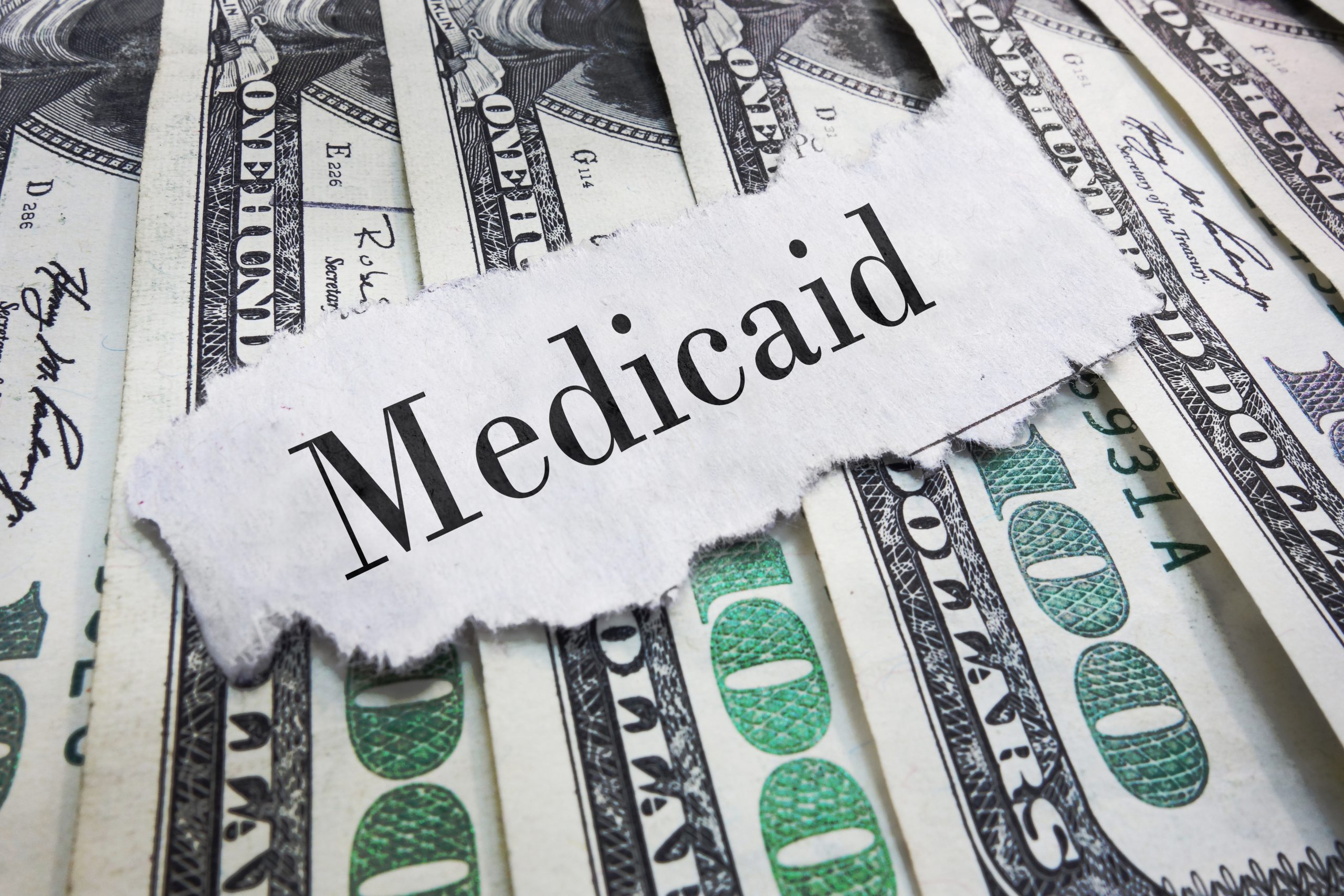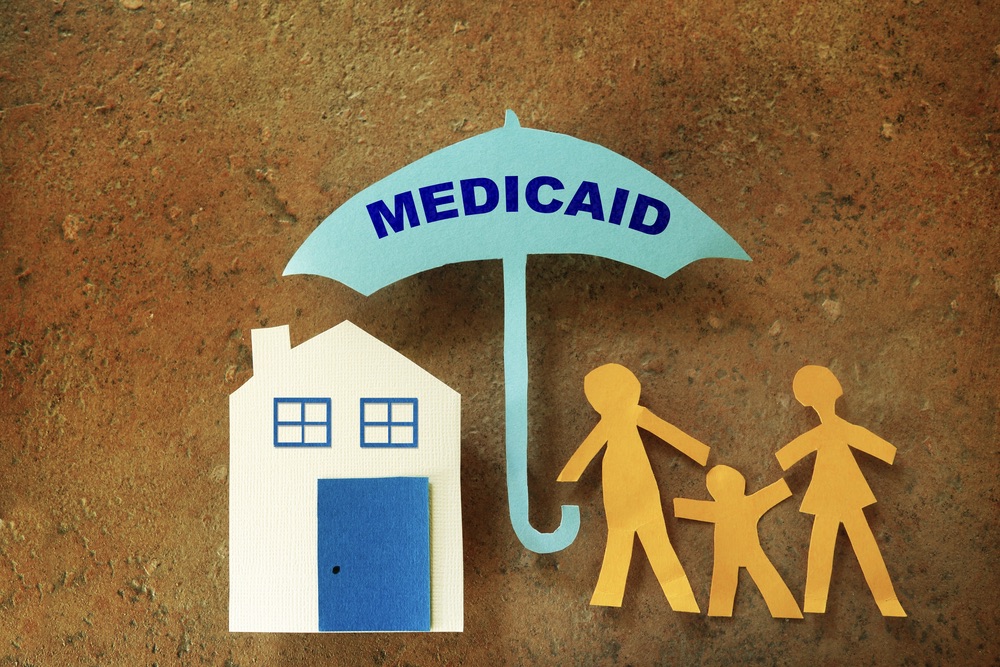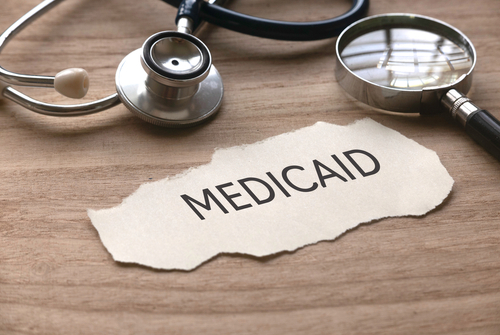31 Jan MEDICAID’S STRUGGLE WITH POOR QUALITY DATA
Medicaid currently fails at providing a system that efficiently and accurately stores and utilizes member data. As Medicaid is a joint state and federally run program, there are many problems with coordinating data platforms. Different states have their own unique data processing and storing, and...




